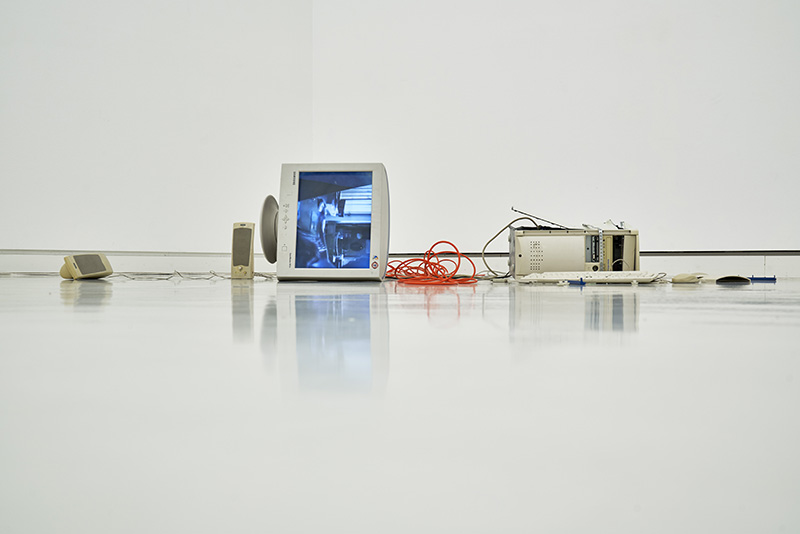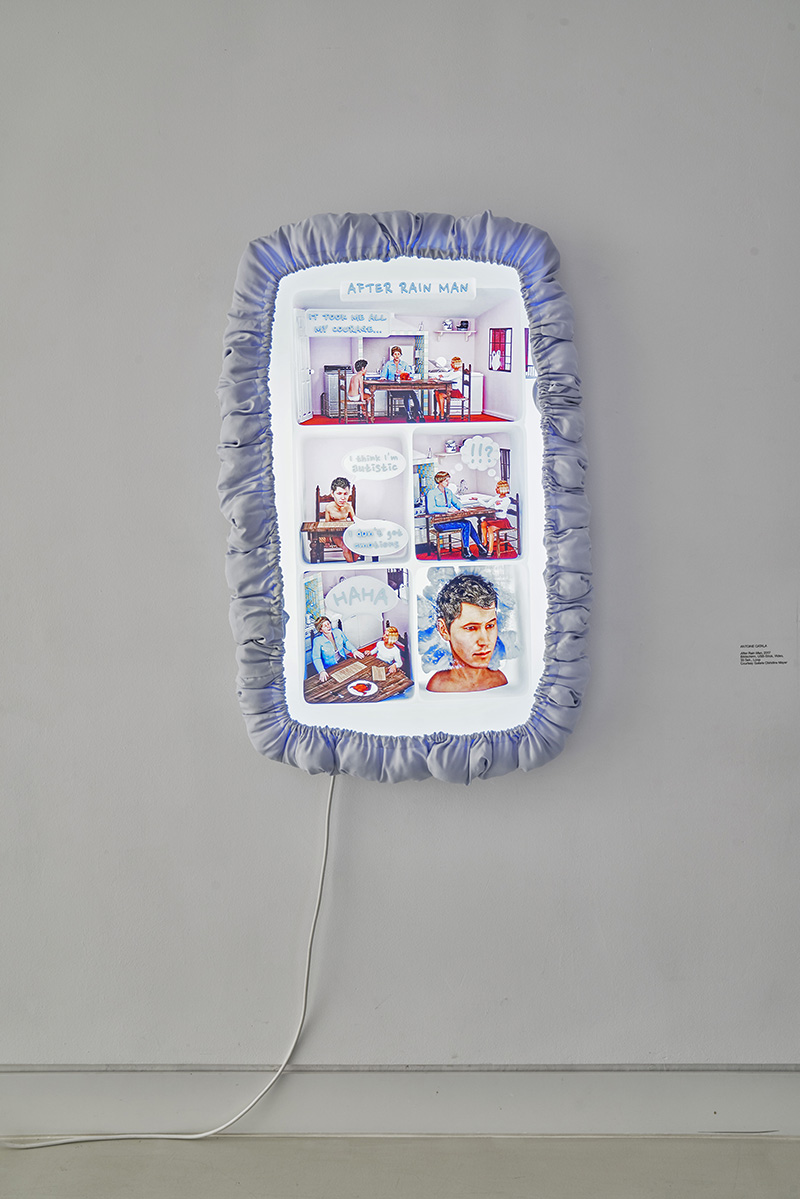
Virtual Insanity
03/08/18—18/11/18
Cao Fei
Jon Rafman
Jordan Wolfson
Harun Farocki
Eva & Franco Mattes
Refrakt &
Nicole Ruggiero & Molly Soda
Renaud Jerez
Igor Simić
Tabita Rezaire
“And now that things are changing for the worse see, it‘s a crazy world were living in And I just can‘t see that half of us immersed in sin Is all we have to give these Futures made of virtual insanity now Always seem to, be governed by this love we have For useless, twisting, our new technology Oh, now there is no sound, for we all live underground”
Virtual Insanity was the title of the song with which Jamiroquai stormed the international music charts in 1996. The song heralded the dawn of a new era, capturing its spirit both vocally and tonally. The accompanying video has taken on legendary status for its use of what at the time were spectacular images to encapsulate the feeling of having the rug pulled from under your feet, and the instability of people and situations. While the term “virtual insanity” itself has not stood the test of time, its meaning certainly has. The accelerating slide into virtual realities is leading to ever more sensory disorders, escapism and brutalization. Simulator sickness or motion sickness is the name given to the exhaustion and dizziness experienced when someone’s actual physical movements do not match what they visually perceive – for instance, when wearing VR glasses. Thanks to VR glasses, augmented reality applications, and perhaps special contact lenses soon, too, the future has long conquered the present.
Computer-communicated realities, mixing real and virtual realities, extending our real surroundings with additional artificial elements such as avatars or virtual objects – these are all spaces for encountering something entirely new, where human perception and experience can be changed and expanded. They are just a few examples to demonstrate that our reality is steadily growing – and how it is doing so. Scientists have already started attempting to redefine the concept of “reality” – in a much freer and more general sense as whatever makes an impact. But what effects might computers and technology precipitate in their interaction with human beings? How will they be noticeable, and when?
The exhibition Virtual Insanity examines the extension of reality and its shadowy underbelly. Growth and change are the driving forces of human thought and social change; they stimulate us, they provide meaning, and they can be necessary. At the same time they can activate things or trigger thoughts and actions which are neither wanted nor controllable. When contemporary artists address present-day issues and phenomena they are making an important contribution towards understanding these themes.
In Virtual Insanity they are creating documents, writing reports and narratives, developing scenarios, they are practicing an entirely unique approach to the technical innovations and lifestyle brought about by the digital revolution. The side effects listed above of a virtual or expanded reality have long formed an important component of the questions asked and research conducted by international contemporary artists. They vocalize what science conjectures: that a high degree of immersion can change not only consciousness but also people. The stronger the feeling we have of “presence” within the virtual world, the more convincing is the illusion of being part of it and of turning one’s back on the physical world, and the more overwhelming and profound the impact. And this impact is not merely limited to thoughts and feelings, but can also be physically measured. Since the introduction of the World Wide Web around twenty- five years ago, digital technologies have permeated our everyday lives and with breathtaking speed have radically transformed the way we live with each other. What happens when we immerse ourselves in unknown worlds but can’t emerge out of them again? What do we take with us and what remains of us? The artists participating in Virtual Insanity will be exploring these questions, and many more besides.
The exhibition is supported by experimente#digital (Aventis Foundation) and Kultursommer Rheinland-Pfalz.
Curated by Stefanie Böttcher.

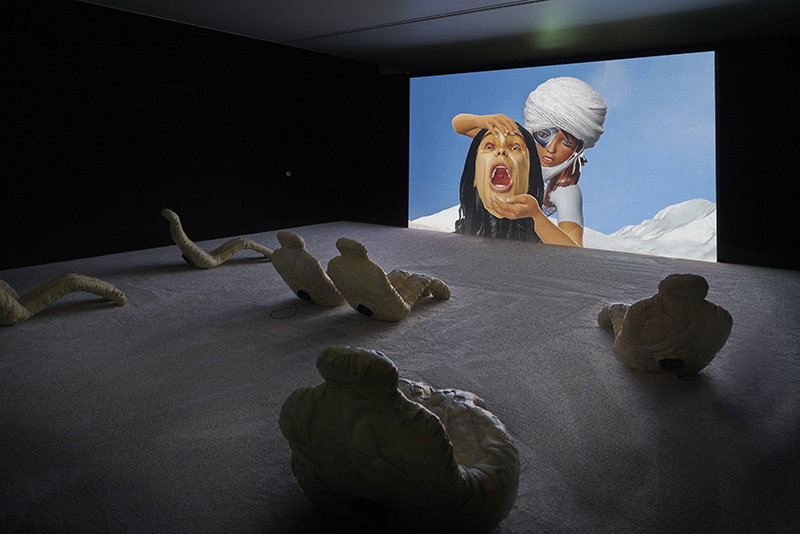
Installation view: Jon Rafman: Dream Journal 2016-2017, 2017, Copyright Jon Rafman, Courtesy the Artist and Sprüth Magers

Installation view: Tabita Rezaire: Premium Connect, 2017, Courtesy of the Artist and Goodman Gallery, Johannesburg
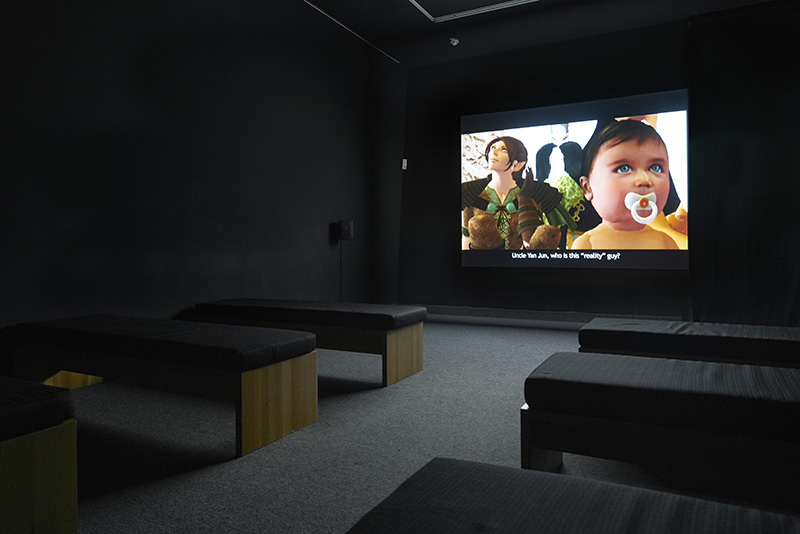
Videostill: Cao Fei (SL avatar: China Tracy): Live in RMB City, 2009, Courtesy of the Artist and Vitamin Creative
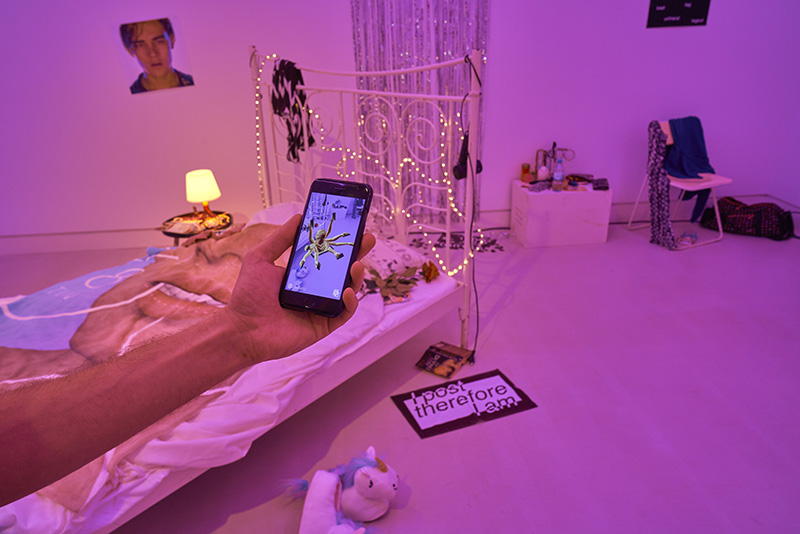
Installation view: Refrakt, Molly Soda, Nicole Ruggiero: Slide to Expose, 2017, Courtesy Refrakt
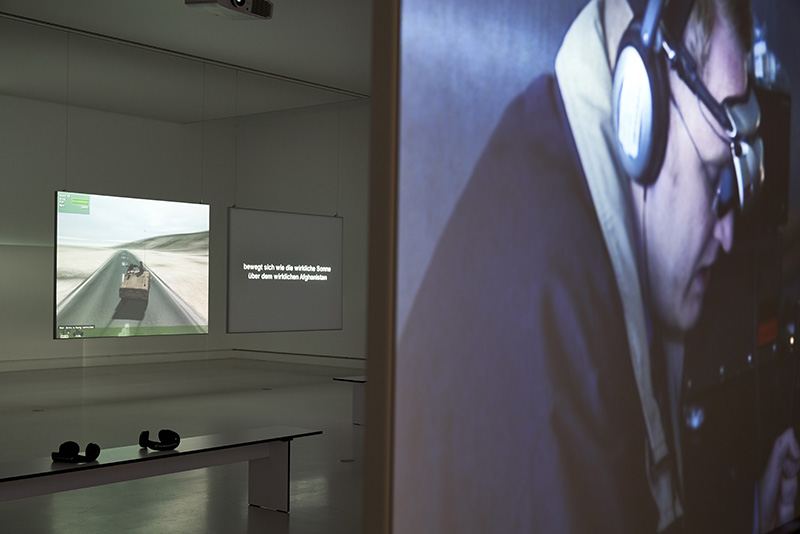
Installation view: Harun Farocki: Ernste Spiele III & IV, 2009, Courtesy Harun Farocki GbR, Berlin

Installation view: Renaud Jerez: TBD (RJ1502), 2015, Courtesy Collection Antoine de Galbert, Paris
